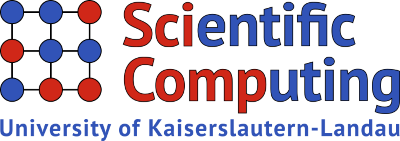Boyan Stefanov Lazarov, Ph.D., Technical University of Denmark, Department of Mechanical Engineering
Title:
On the length scale, robustness and manufacturability in topology optimization
Abstract:
Topology optimization has gained the status of being the preferred optimization tool in the mechanical, automotive, and aerospace industries. It has undergone tremendous development since its introduction in 1988, and nowadays it has spread to a number of other disciplines such as acoustics, optics, and material design. The basic idea is to distribute material in a predefined domain by minimizing a selected objective and fulfilling a set of constraints. The procedure consists of repeated system analyses, gradient evaluation steps by adjoint sensitivity analysis, and design updates based on mathematical programming methods. Existence of a solution is ensured by regularization techniques which result in intermediate density material regions. Manufacturing of the final optimized design requires post processing. However, any amendments can easily nullify the effect of the optimization. Therefore, the aim of this talk is to present recent developments in obtaining black and white manufacturable designs with clearly defined length scale. The focus is on the mathematical modeling of the material density, its link to micro- and nano- scale production techniques, and on the introduction of uncertainties in the optimization. The unified model results in manufacturable black and white designs with performance which is robust with respect to variations in the production process.
The result of the topology optimization procedure is a bitmap image of the design. The ability of the method to modify every pixel/voxel results in design freedom unavailable with any other alternative approach. However, this freedom requires the computational power of large parallel machines. Incorporating an uncertainty model in the optimization and the high contrast between the material phases further increase the computational cost. Hence, methods for reducing the computational complexity and handling the high material contrast will be presented and discussed as well. The development will be demonstrated in the design of compliant mechanisms, heat sinks, material microstructures for additive manufacturing, and photonic devices.
